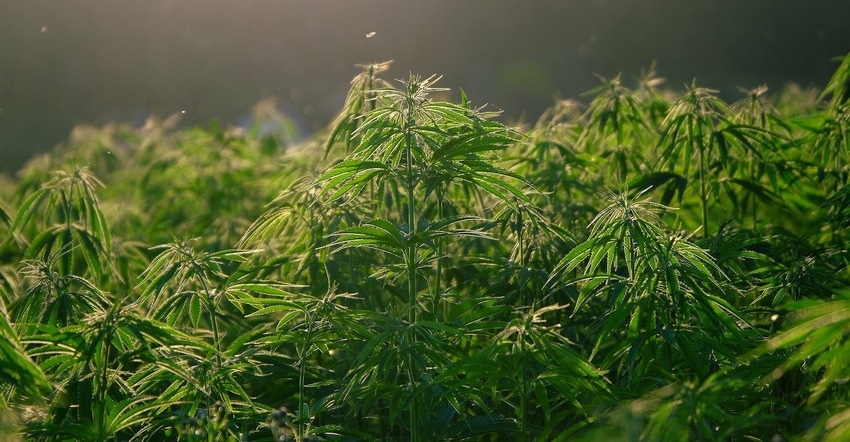The agency’s final rule includes provisions on compliance, procedures for handling violations, and testing of THC levels.
January 21, 2021

The US Department of Agriculture (USDA) recently published a new final rule to regulate domestic hemp production that builds upon the agency’s interim final rule (IFR) created in October 2019.
“With the publication of this final rule, USDA brings to a close a full and transparent rule-making process that started with a hemp listening session in March 2019,” USDA Marketing and Regulatory Programs Under Secretary Greg Ibach said in a release. “USDA staff have taken the information you have provided through three comment periods and from your experiences over a growing season to develop regulations that meet Congressional intent while providing a fair, consistent, science-based program for states, tribes, and individual producers.”
The Agricultural Improvement Act of 2018 (Farm Bill) mandated that the USDA create hemp regulations and guidance for a commercial hemp program in the US. USDA’s hemp IFR in 2019 established federal guidelines for the agency to approve states’ and tribes’ hemp production plans, including recordkeeping on land used to grow hemp, testing hemp for delta-9 tetrahydrocannabinol, licensing requirements, disposal of non-compliant plants, and methods of demonstrating compliance. The previous framework also allowed hemp producers to apply for USDA programs, including insurance through Whole-Farm Revenue Protection.
USDA’s new final rule includes several key provisions:
Negligent violation – producers must dispose of plants that exceed the acceptable hemp THC level. However, if the plant tests at or below the negligent threshold stated in the rule, producer will not have committed a negligent violation. The final rule raises the negligence threshold from .5 percent to 1 percent and limits the maximum number of negligent violations that a producer can receive in a growing season (calendar year) to one.
Disposal and remediation of non-compliant plants – the final rule allows for alternative disposal methods for non-compliant plants that do not require using a DEA reverse distributor or law enforcement and expands the disposal and remediation measures available to producers. AMS will provide acceptable remediation techniques in a separate guidance document.
Testing using DEA-registered laboratories – there are an insufficient number of DEA-registered laboratories to test all the anticipated hemp that will be produced in 2020 and possibly 2021. DEA has agreed to extend the enforcement flexibility allowing non-DEA registered labs to test hemp until January 1, 2022 and is processing lab registration applications quickly to get more labs testing hemp DEA-registered.
Timing of sample collection – the IFR stated a 15-day window to collect samples before harvest. The FR extends this requirement to 30 days before harvest.
Sampling method – stakeholders requested that samples may be taken from a greater part of the plant or the entire plant. They also requested sampling from a smaller number of plants. The FR allow states and tribes to adopt a performance-based approach to sampling in their plans. The plan must be submitted to USDA for approval. It may take into consideration state seed certification programs, history of producer compliance and other factors determined by the State or Tribe.
Extent of Tribal Regulatory Authority over the Territory of the Indian Tribe – the IFR did not specifically address whether a tribe with an approved USDA plan could exercise primary regulatory authority over the production of hemp across all its territory or only lands over which it has inherent jurisdiction. The final rule provides that a tribe may exercise jurisdiction and therefore regulatory authority over the production of hemp throughout its territory regardless of the extent of its inherent regulatory authority.
The number of acres used in the US to grow hemp has been steadily increasing in recent years. Hemp industry organization Vote Hemp estimates that 78,176 acres of hemp were grown domestically in the 2018 season. 511,442 acres devoted to hemp production in the country in 2019.
About the Author(s)
You May Also Like




